GPT-4, a groundbreaking deep learning model developed by OpenAI, represents a significant leap in AI capabilities. Unlike its predecessors, GPT-4 is a multimodal model, meaning it can accept both image and text inputs and produce text outputs. Trained on an extensive dataset, GPT-4 exhibits human-level performance on various professional and academic benchmarks, although it still lags behind humans in some real-world scenarios.
One of GPT-4’s distinguishing features is its size and complexity, making it one of the largest multimodal models ever created. This extensive training enables GPT-4 to generate coherent and contextually appropriate text responses to a wide range of inputs.
Compared to its predecessor, GPT-3.5, GPT-4 is designed to be more reliable, creative, and capable of handling nuanced instructions. Its enhanced capabilities have been rigorously tested on various benchmarks, including simulated exams originally designed for human performance.
In evaluations against traditional machine learning benchmarks, GPT-4 consistently outperforms existing large language models and many state-of-the-art models, showcasing its superior performance and versatility.
While GPT-4’s text input capability is currently accessible through ChatGPT and the API, efforts are underway to expand its image input capability through collaboration with a select partner.
In line with OpenAI’s commitment to transparency and collaboration, they have open-sourced OpenAI Evals, a framework for automated evaluation of AI model performance. This initiative allows stakeholders to report any shortcomings in the model’s performance, facilitating ongoing improvements and advancements in AI technology.
More details about GPT-4
What limitations does GPT-4 have?
While GPT-4 boasts advanced capabilities, it still shares some limitations with earlier iterations. Like its predecessors, GPT-4 may produce inaccuracies, including ‘hallucinated’ facts and errors in reasoning. Although these occurrences have been significantly reduced compared to previous models, users must exercise caution, particularly in contexts where accuracy is crucial.
What are the improvements in GPT-4 over previous models?
Compared to earlier models, GPT-4 demonstrates notable enhancements in reliability, creativity, and its ability to process nuanced instructions. It exhibits improved performance across various benchmarks and even achieves human-like performance in certain tasks. Additionally, GPT-4 displays enhanced factuality, steerability, and adherence to predefined guidelines.
What role did Azure play in GPT-4’s development?
Azure played a pivotal role in the development of GPT-4. Over a span of two years, OpenAI and Azure collaborated to design a supercomputer tailored specifically to the computational demands of GPT-4’s deep learning architecture. This collaboration was instrumental in facilitating the successful training and refinement of GPT-4.
What is the significance of ChatGPT and API in relation to GPT-4’s capabilities?
ChatGPT and API serve as interfaces through which users can access GPT-4’s text input capabilities. These platforms enable developers and users to interact with GPT-4’s advanced functionalities in a user-friendly and accessible manner. By leveraging these interfaces, users can harness the power of GPT-4 for various applications and tasks.
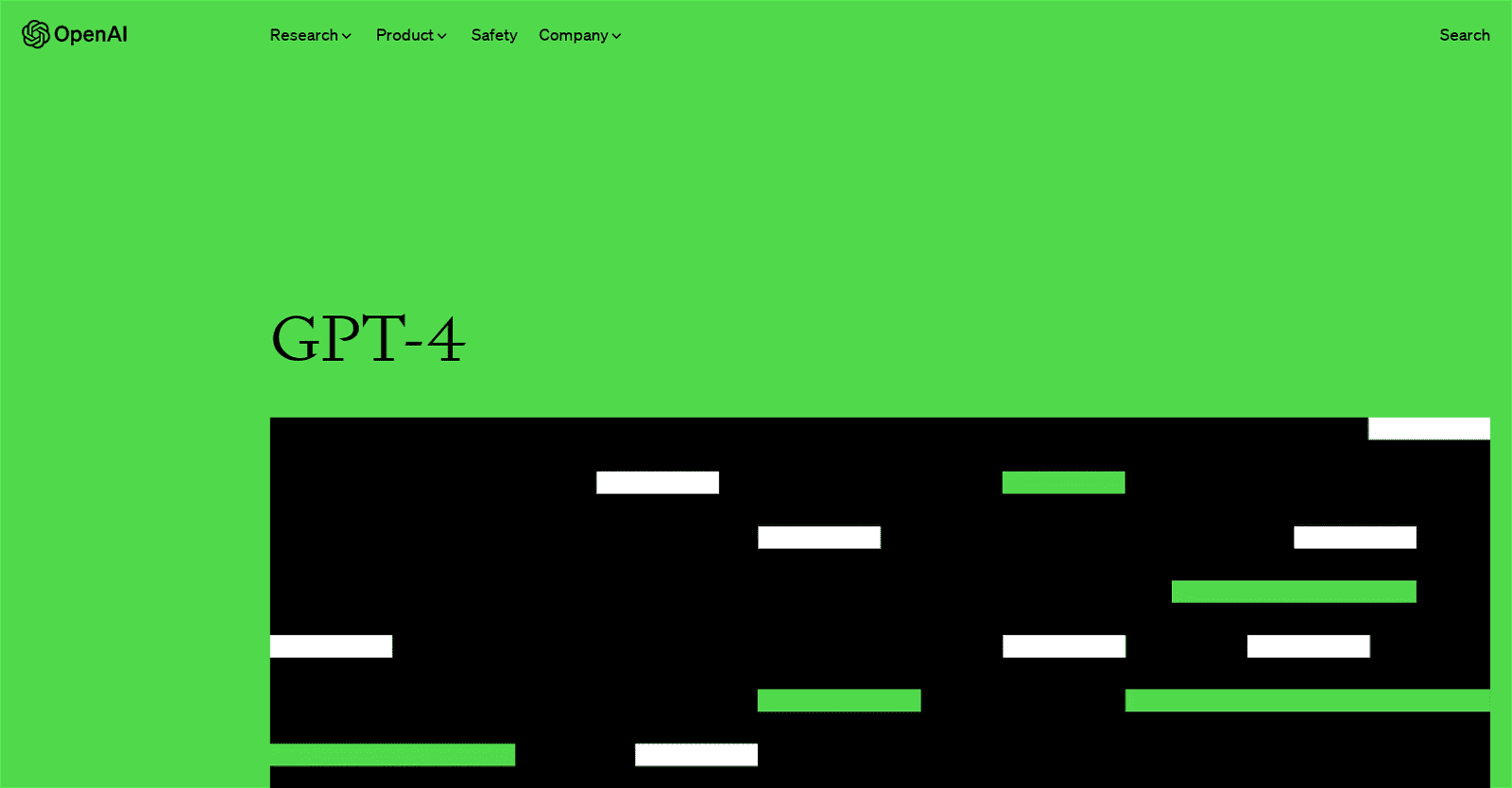
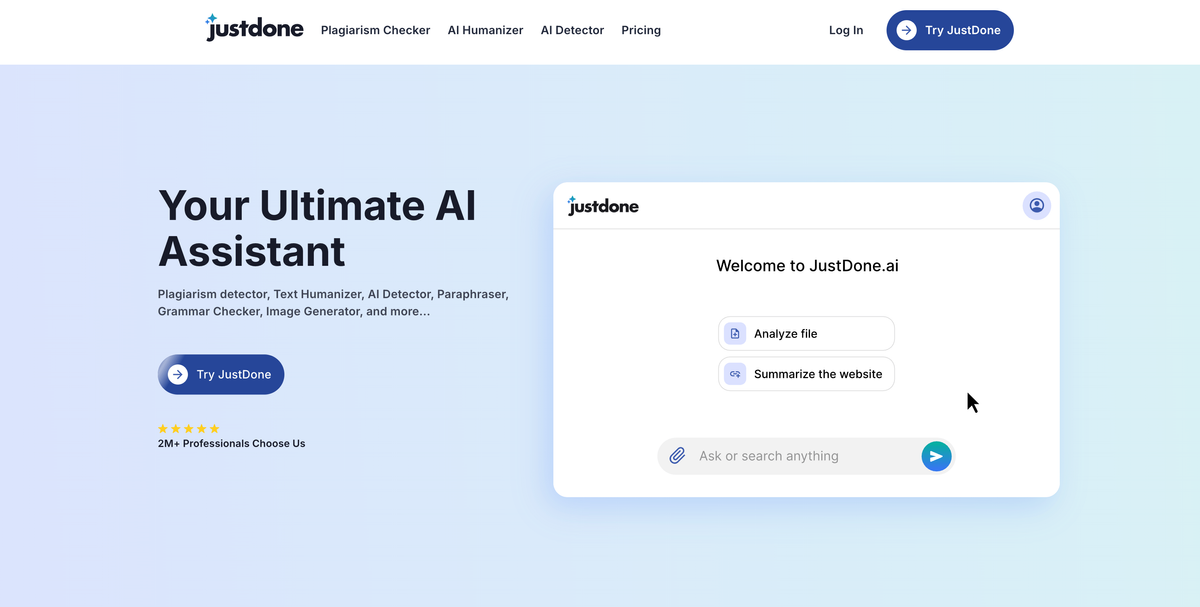
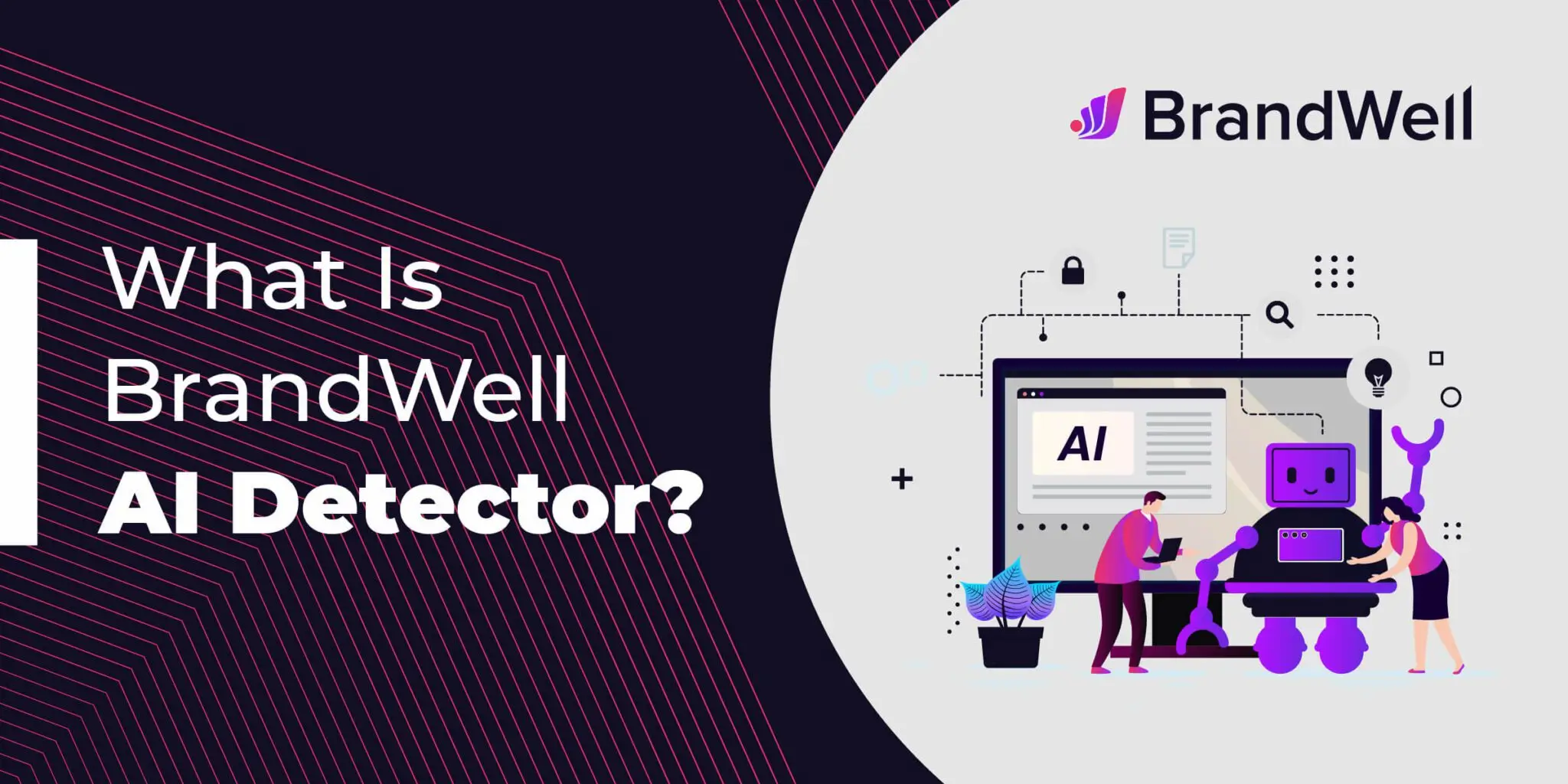
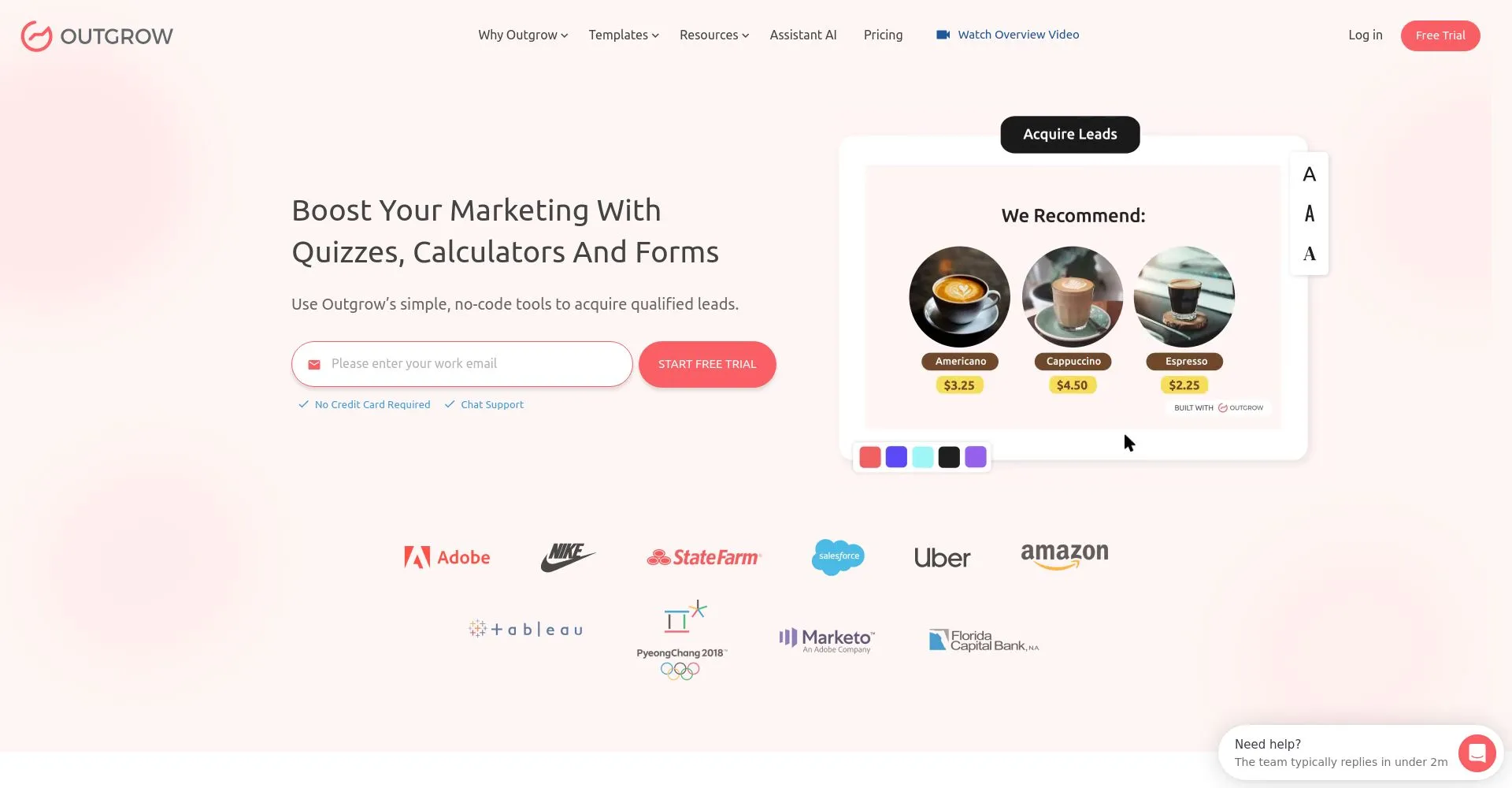
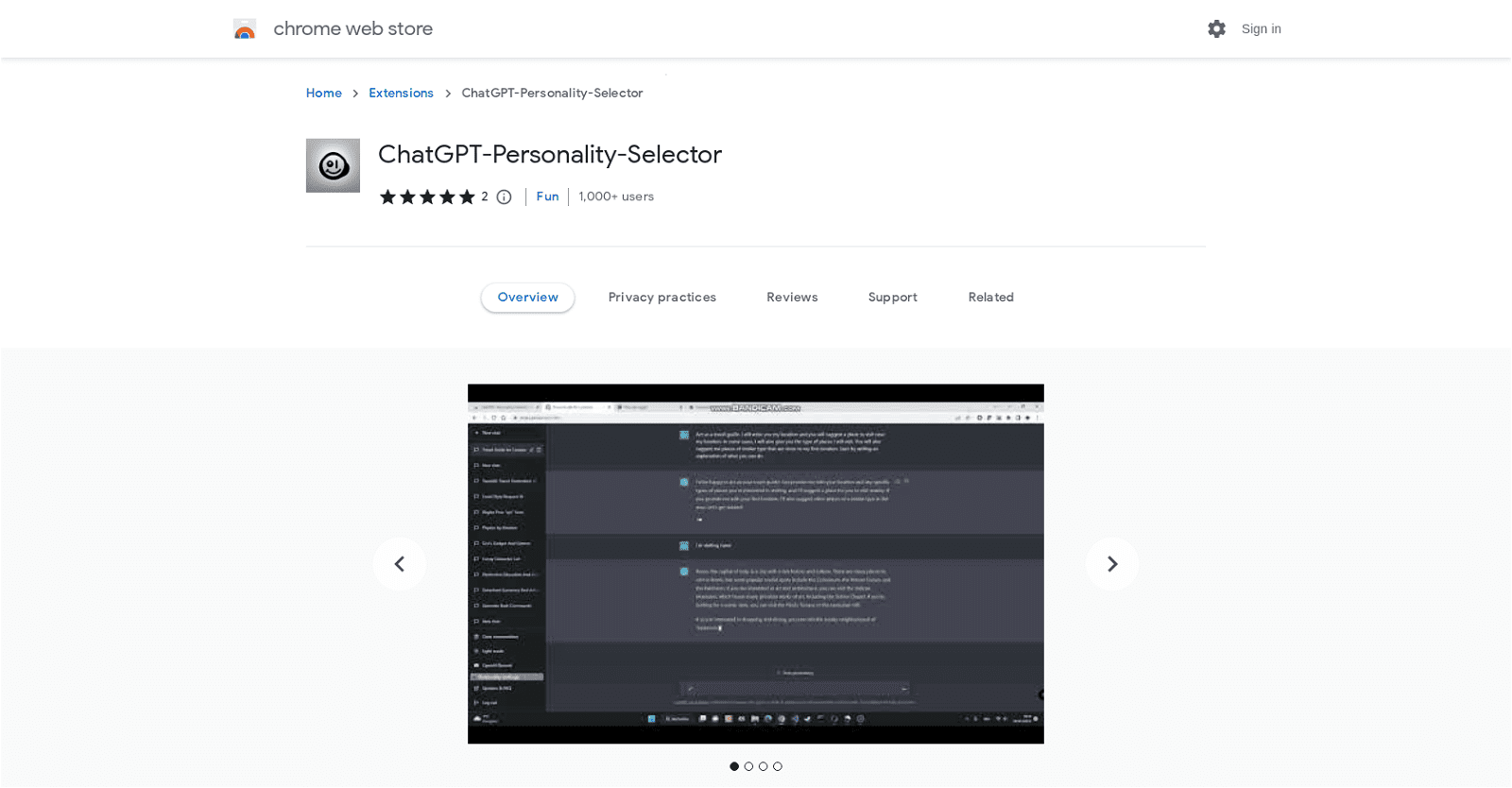
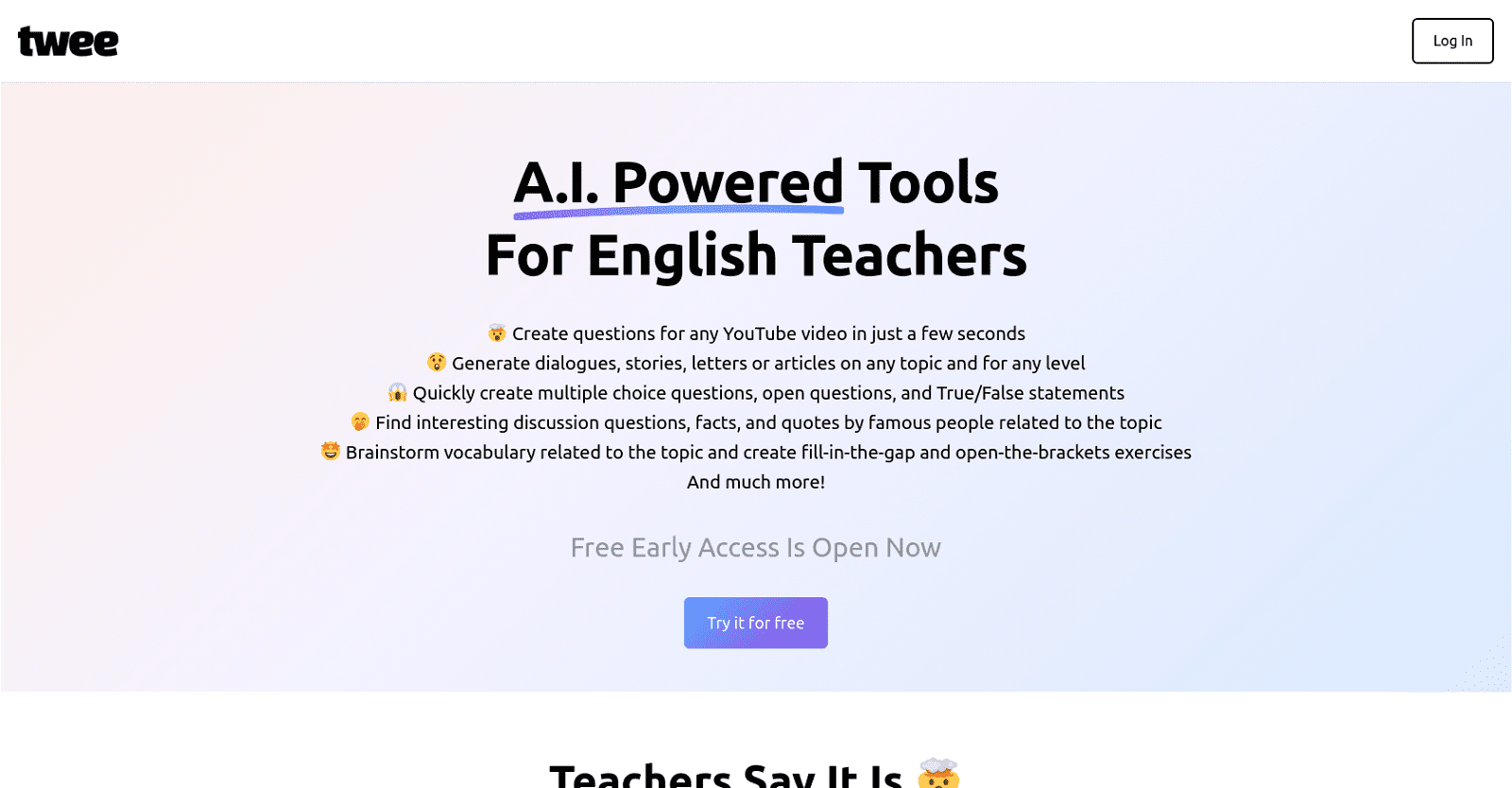
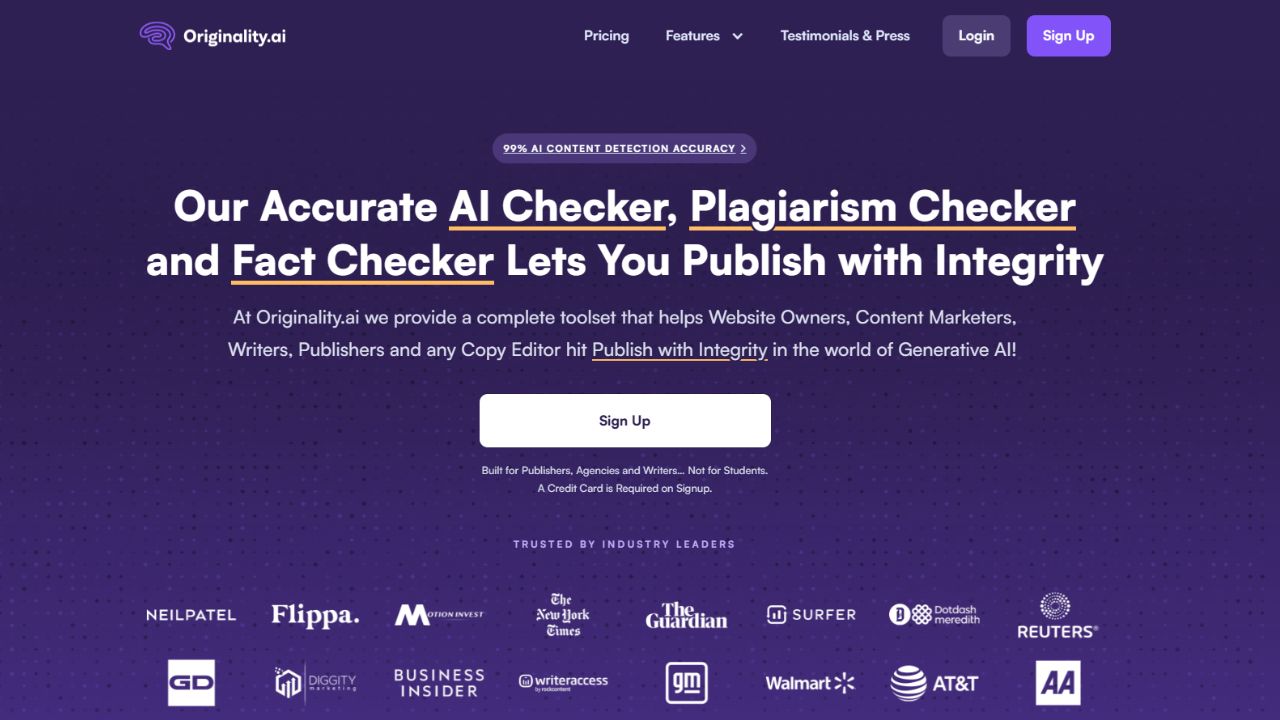

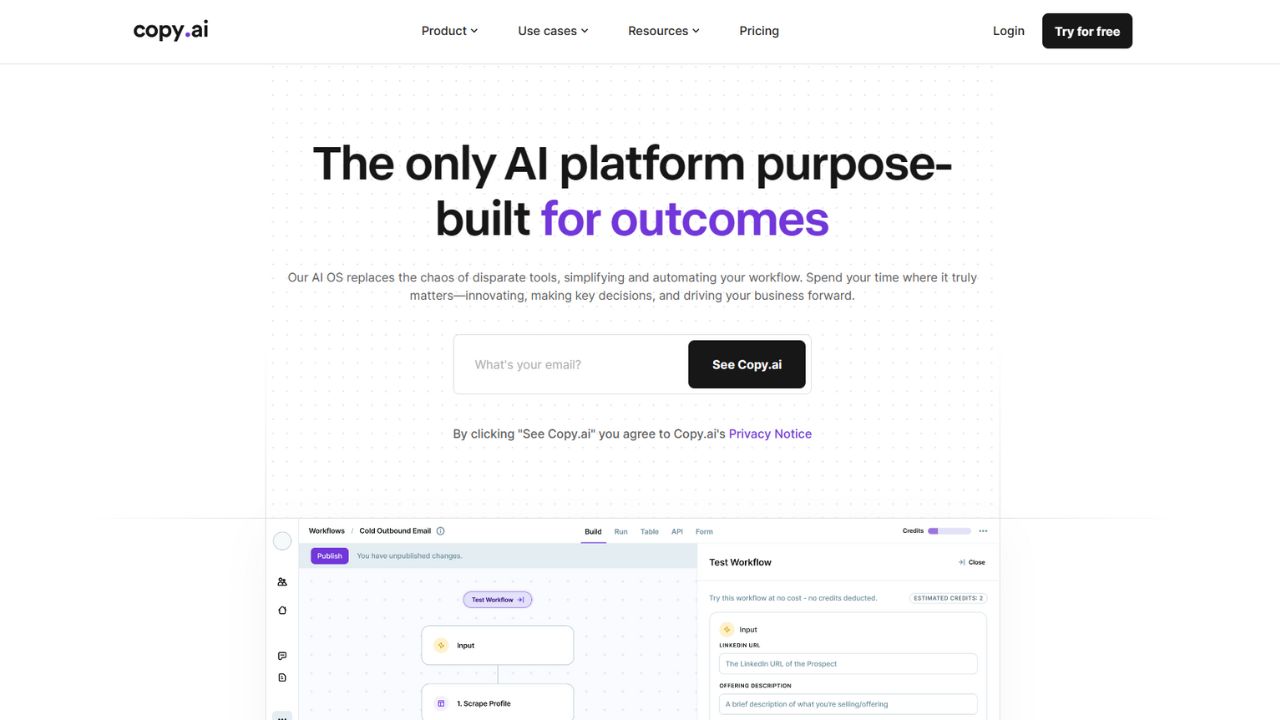
It’s like talking to a super genius. With the caveat that it can still be blind to certain things